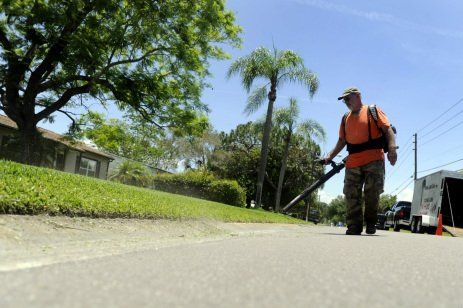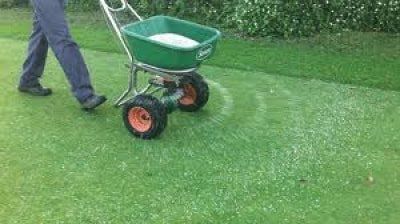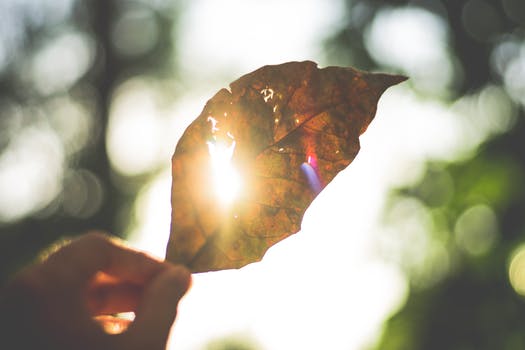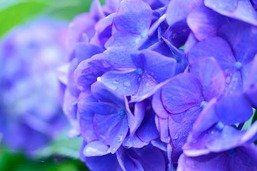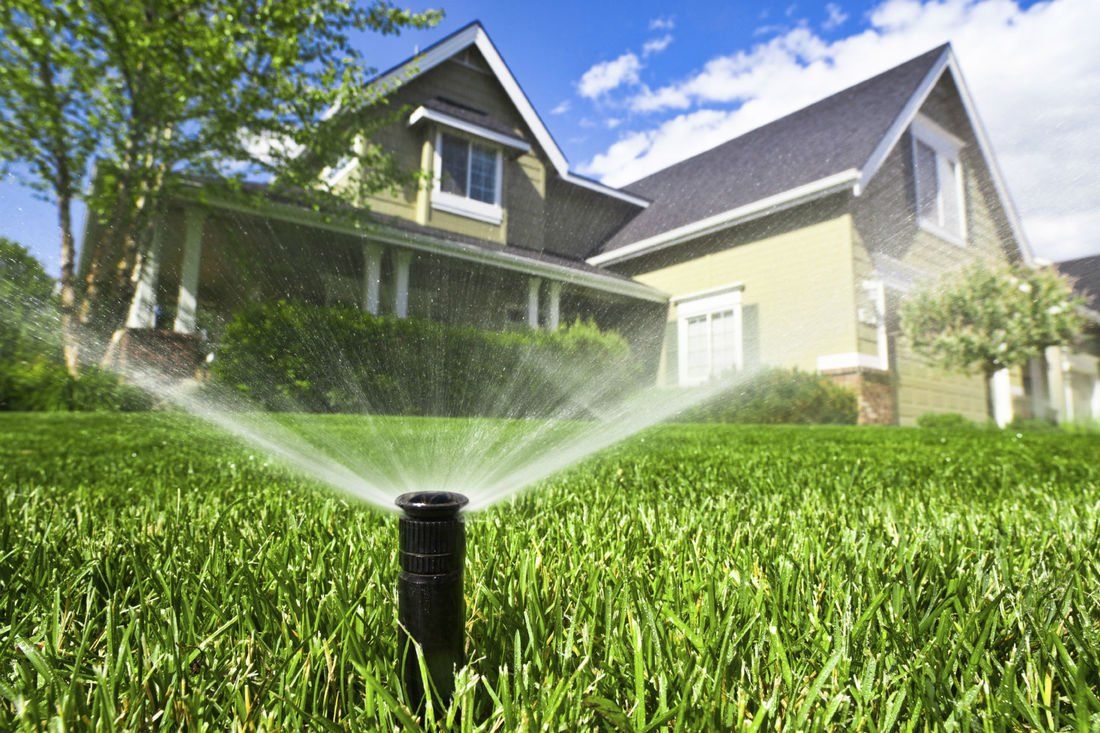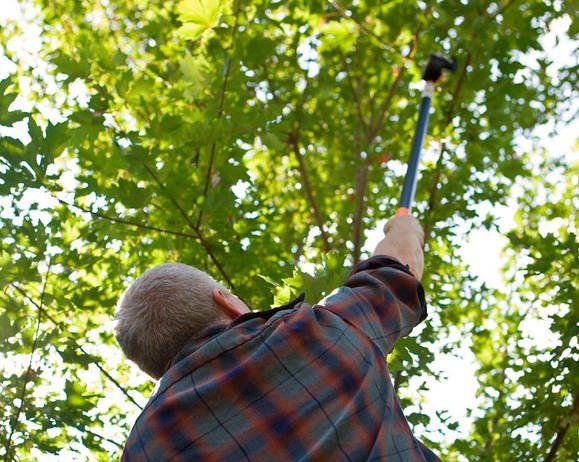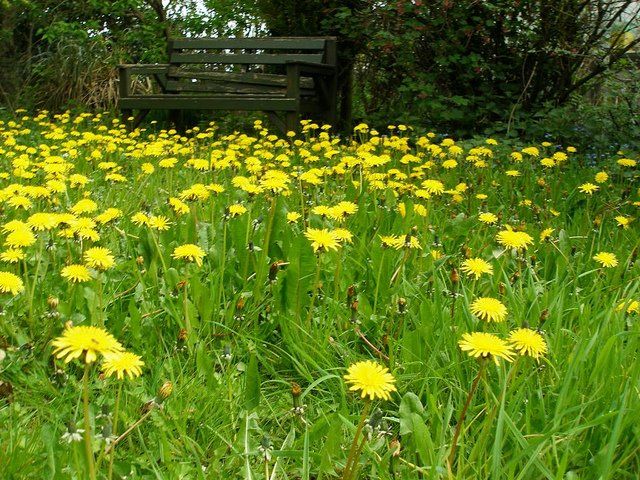
What is Dethaching and Aeration?
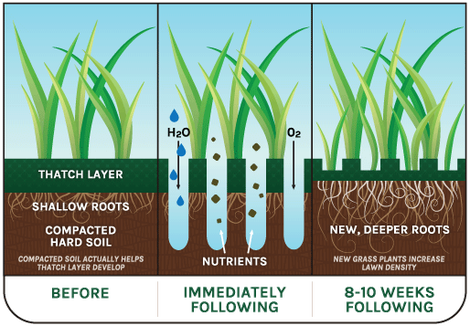
Aeration and thatching are means to promoting a healthy, green lawn. If your lawn is being taken over by moss, has poor drainage, or has weeds taking it over then this is a must-read treatment for your lawn.
First, let’s talk about thatching. Thatch is the layer of dead clippings, dirt, and leaves that can often settle down into the lawn and prevent water, sunlight, and nutrients to penetrate into the soil and root systems of the grass. The main cause of thatch is the accumulation of grass clippings that have not been bagged during mowing. The clippings that are not bagged and are left on the lawn settle down to the base of the growing grass leaves. Once the grass clippings die they remain there and over time create a web-like blanket. Because of this build-up above the soil, the surface of the roots are starved of needed nutrients. In order to maximize nutrient absorption the roots grow near the surface of the soil and don’t grow deep. This makes for poor growth and color of the lawn. It also gives ample opportunity for the growth of moss and broad-leaf weeds that can thrive with shallow root systems. Thatch must be removed in order for the roots to receive sunlight and water. To do this you can use a power raker machine or landscape rake. This treatment is quite stressful to the grass since you are essentially ripping the thatch from the base of the lawn. Make sure to water and fertilize right after detatching to prevent the actual grass from dying.
Aeration is what golf courses use at least once a year to keep their fairways and greens in the best condition possible. Aeration is typically performed using a machine to remove approximately 2 inch plugs out of the soil. This gives fertilizer, water, sunlight, and other nutrients direct access to the root systems below the surface of the soil. A few days after aeration if you look into the punched holes you will see the grass roots spreading throughout, maximizing their exposure to nutrients and allowing them to grow deeper. Deep grass roots mean a more resilient lawn that needs less watering and isn’t overcome with weeds. Some people leave the plugs of removed soil laying on the surface of the lawn. This is done so that the nutrients in the soil decompose and recycle themselves back into the lawn. Other people like to collect the plugs of soil that are caused from aeration since they aren’t the most sightly things in the world. If you want to remove the soil plugs be sure to fertilize the lawn and even apply some top soil to ensure the remaining lawn has ample mineral and nutrient content.
Results are best when aeration and dethatching are performed together and that is the sequence we use at Augusta Lawn Care Services. This gives the roots the best chance of receiving nutrients and growing deeper into the soil. If you have questions about lawn care treatment and mowing or want more info about our lawn care services, please feel free to contact us.
Professional & Reliable
We are available to chat via our website contact form, email or by phone! Contact us today!

Locations
Locations Throughout the U.S. & Canada
Navigation
© 2024
Augusta Lawn Care Services -- All Rights Reserved | Privacy Policy
